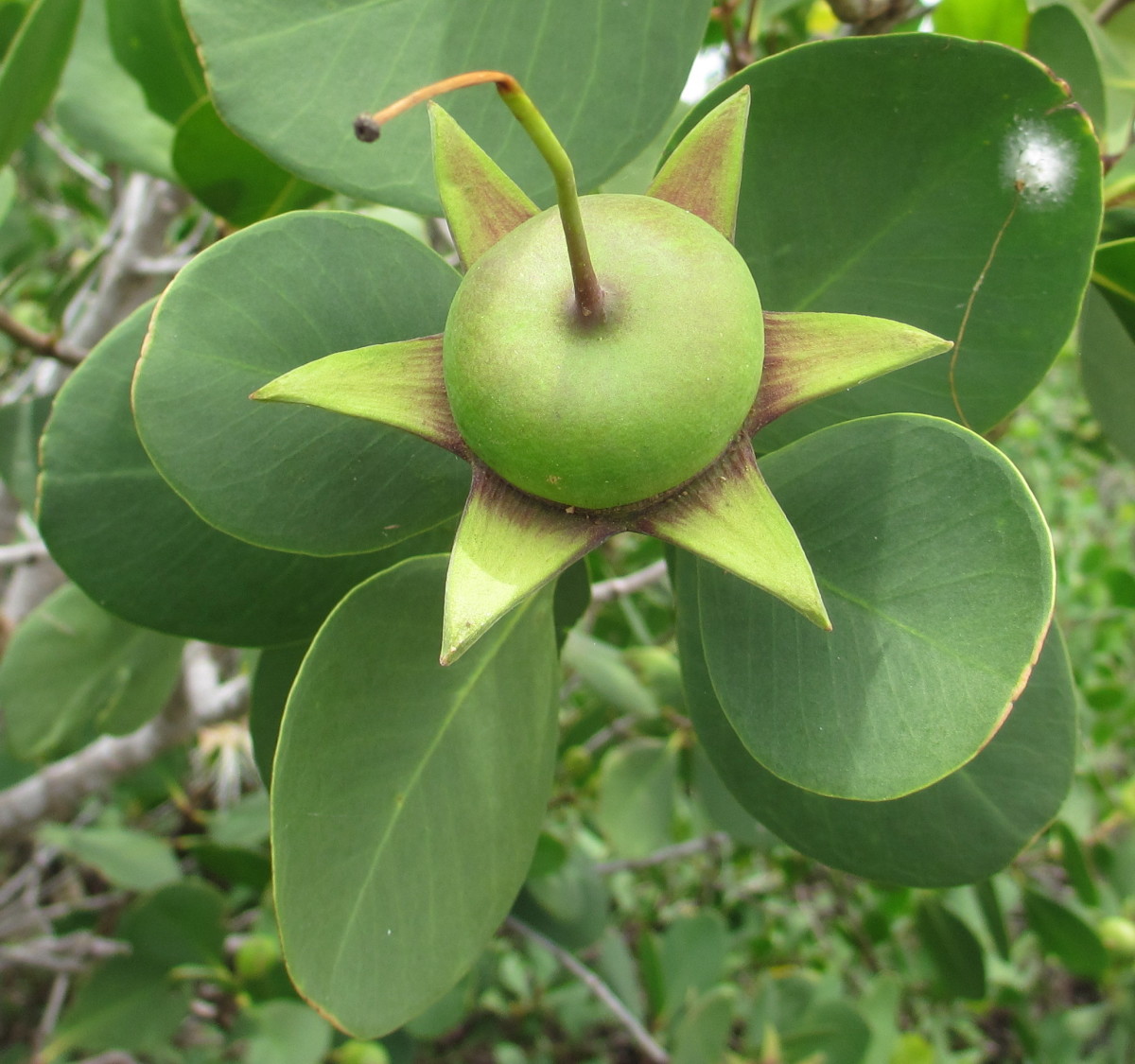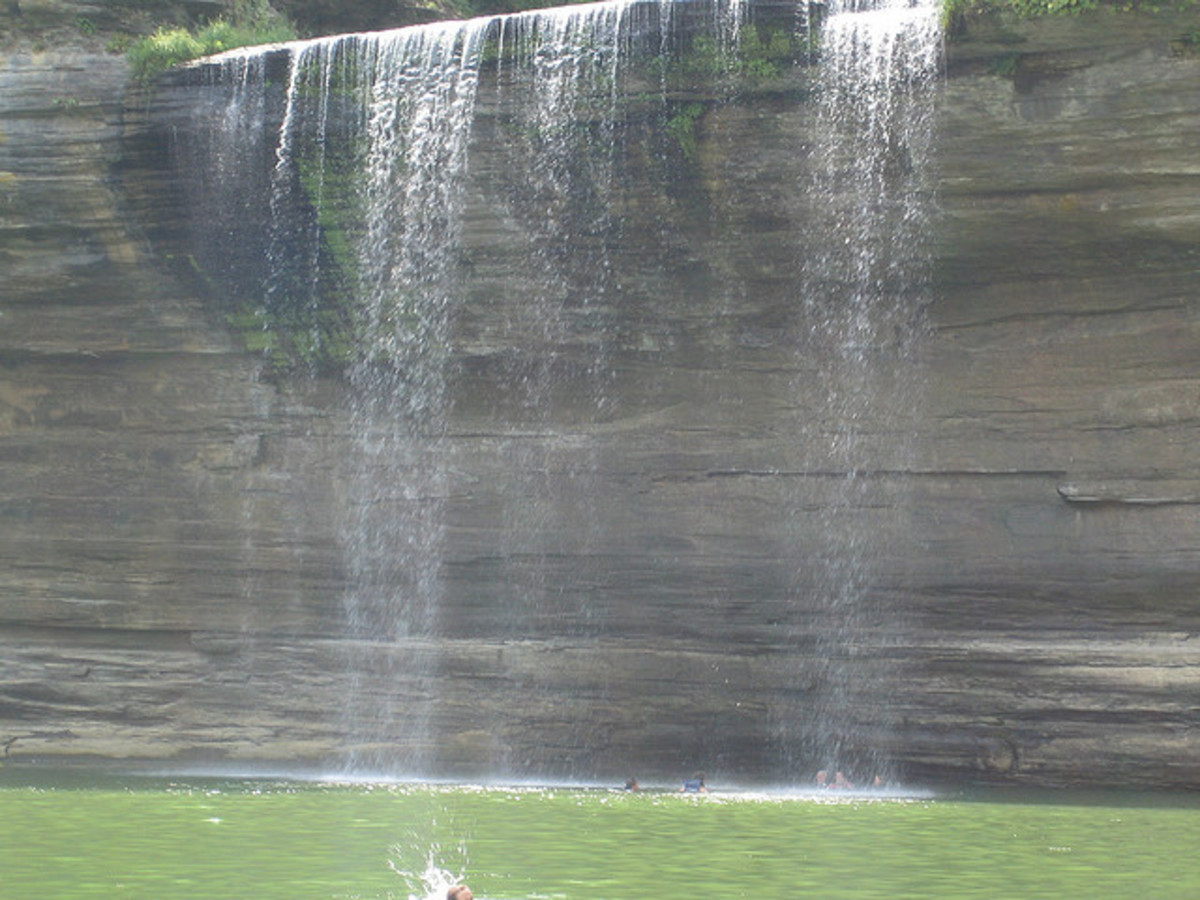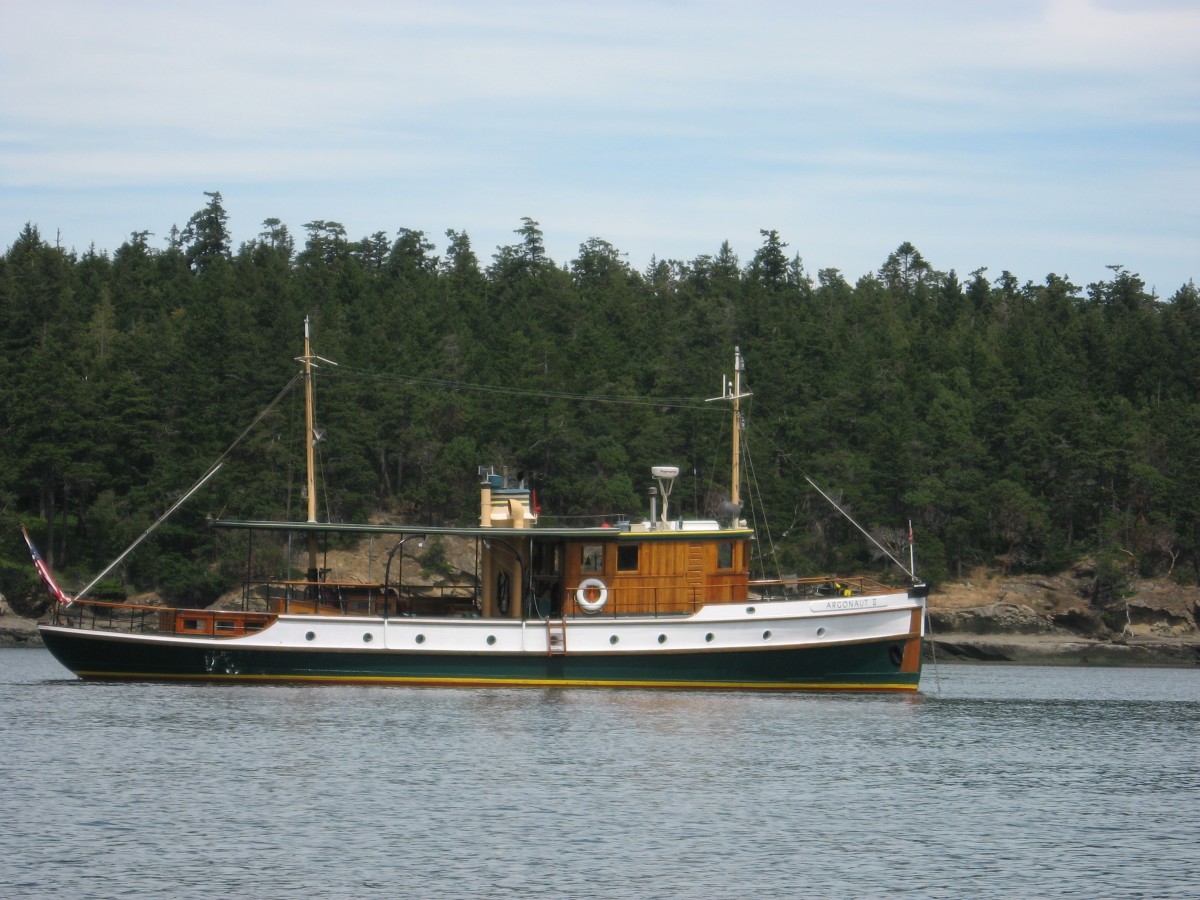A Wonderful Trip to Astamudi Lake

The name Astamudi is indicative of the lake's topography with its multiple branches.
The name "Ashtamudi" means, it has eight peaks.[1][2]
- Ashtamudi Wetland is one of the wetlands of international importance for the conservation and sustainable use of wetlands. [4]
Eight arms of Astamudi
The estuary, known as Ashtamudi, features eight arms: Thevally, Kureepuzha, Kandachira, Thekkumbhagam, Peruman, Kanjirottu, Kallada, and Kumbaluthu.
- This estuary is shallow, with an average depth of 1.8 meters and a maximum depth of 9 meters. [1]
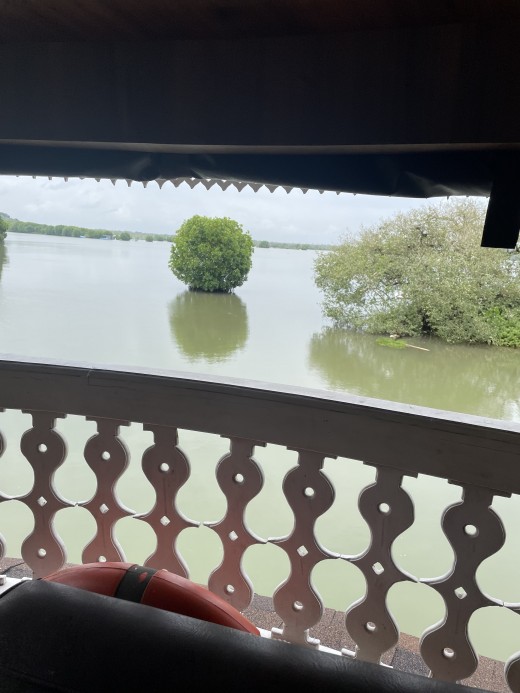
Itinerary
This time our destination was Kollam to explore Astamudi Lake in a houseboat. We (a team of 30 people in a minibus) planned on driving early from Thiruvananthapuram at 7.30 a.m. We made stops for breakfast on the way.
At around 10.25 am, we reached Kollam. We booked the houseboat J K Royal Cruise before our trip. We settled in the houseboat at 10.30 am. After the welcome drink, we started our journey in Astamudi Lake. On the way, we passed other houseboats and the ancient Chinese nets (Cheena vala in Malayalam language) used for fishing in the lake.
- It was a memorable experience, watching the greenery along the lake's bank and drifting on the waves like a big swan on the surface.
- So comfortable with the breeze from the lake.
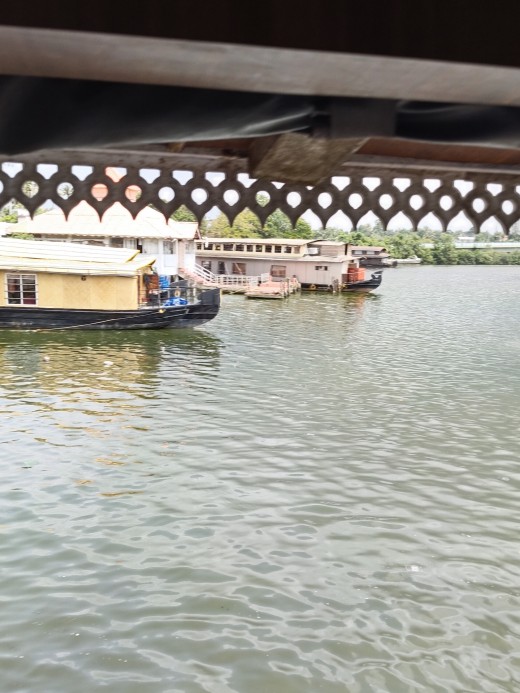
On the way, some of us approached the skipper, and he allowed us to drive the cruise for some time in his presence and vigilance. Besides, he was very kind enough to provide the correct time slots for covering a specific distance in the lake. That was very helpful in writing this blog. Meanwhile, they served cooked tapioca, fish curry, and snacks like peanuts.
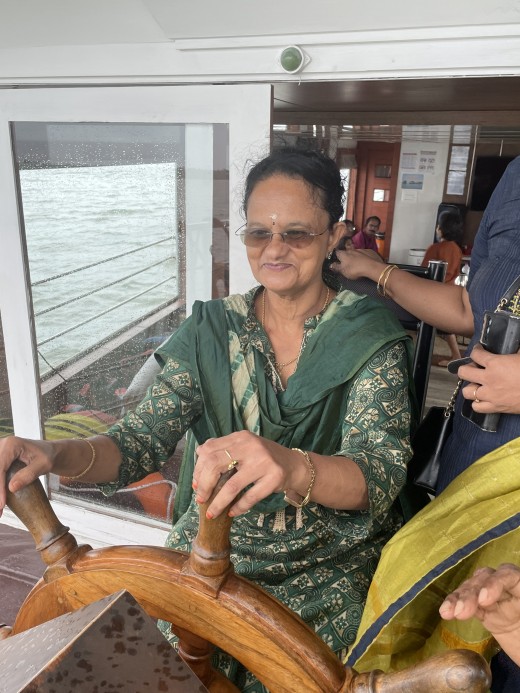
At 11:30 am, we passed Sambranikkodi, Astamudi Temple (12:30 pm). We didn't stop there, but headed to the Kallada River at 1:00 pm, and reached the Chirakkadavu Jetty at 1:30 pm.

According to the plan, we boarded a canoe to spend an hour in the water. There, we found time to climb the mangrove trees. The yachtsman tied the rope in one of the roots of the mangrove and made us climb without fear.
- The roots of mangrove trees are strong, and it was easy to climb up.
It was a lovely experience, and that made me feel nostalgic. I used to climb the mango tree in front of my ancestral home to pluck the tender mangos.
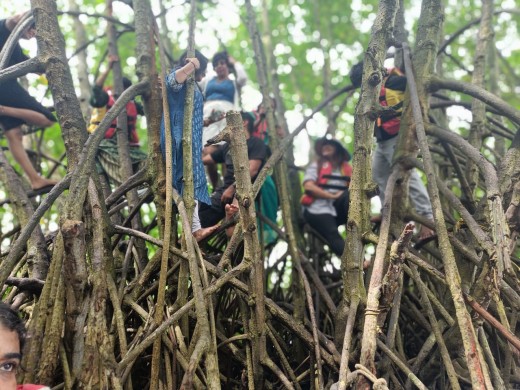
After one hour of boating, we returned to our houseboat via Monroe Island and reached our cruise at 2 pm.
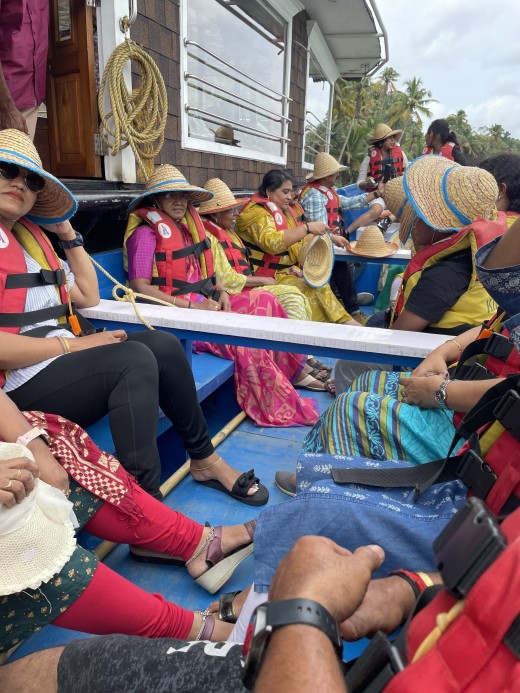
The lunch provided in the houseboat was tasty Kerala cuisine (Rice and curries).
- One of the special items was pearl spot (Karimeen in Malayalam) fry.
While booking this trip, they inquired about the team's strength to collect a sufficient number of pearl spot fish to ensure there would be no shortage of fried pearl spot.
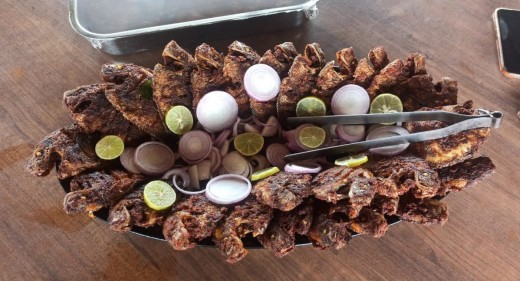
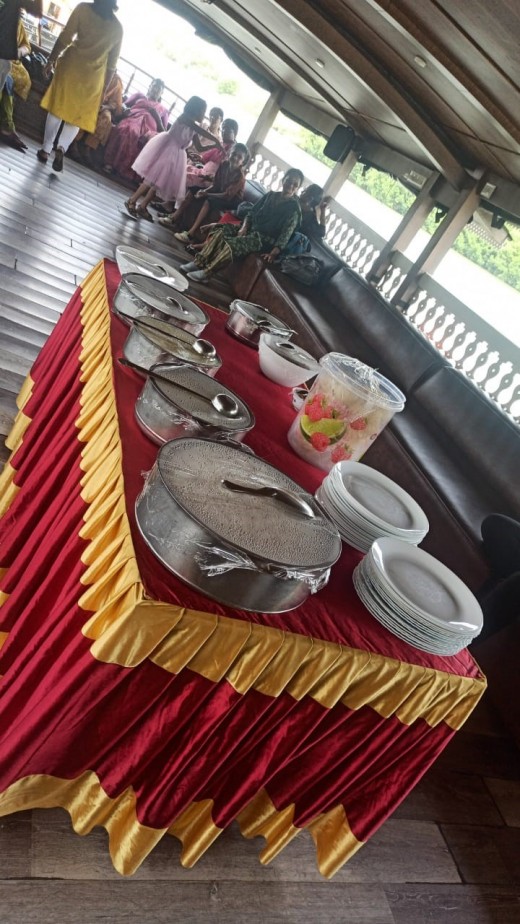
After lunch, we headed to Sambranikkodi in a canoe and reached there at around 4 pm. There we had a chance to walk around.

- That region was shallow, and all were enjoying walking in the water.
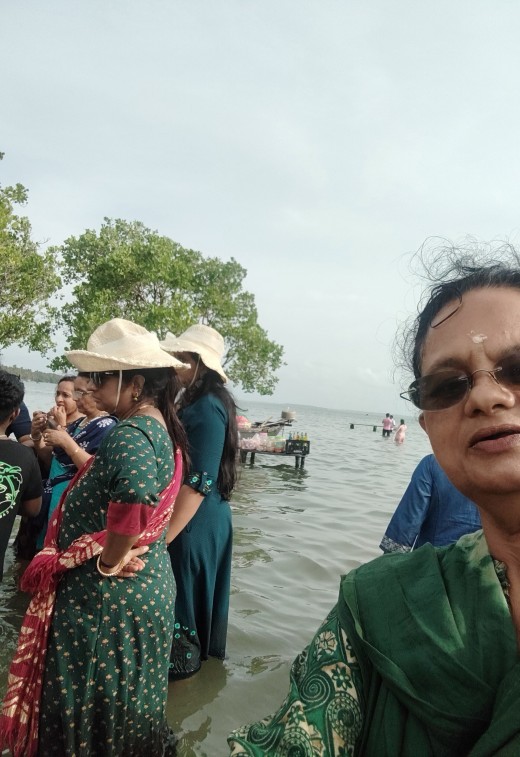
From there, we hired a small canoe to go inside the mangrove forest. We rode all around there in that canoe. After spending some time there, we returned to J K Cruise. We had high tea waiting for us, and we headed back to Kollam at 5 pm.
We reached Kollam at 5.30 pm. We took photographs of all participants together and sang our national Anthem.
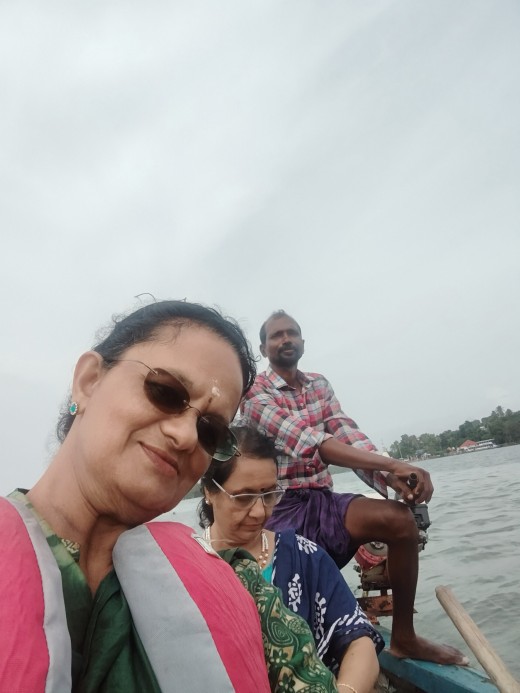
There we left the cruise, boarded our minibus, and headed to Trivandrum. We reached here at 8 pm. and went to our houses.
Throughout the trip, we had several programs. Some of us were singing, some others were dancing. Everyone was participating and enjoying each moment.

Hydrology
Before proceeding with this article, I would like to highlight some notable features of Astamudi Lake.
- The Ashtamudi Estuary is an open system throughout the year, characterized by the absence of sandbar formations in all seasons.
As a result, tidal action is strong enough to reach the interior parts of the estuary. The net tidal exchange is 4,968 m³. The average annual runoff from the river system into the estuary is approximately 76 km³ of freshwater. The basin drainage area covers 1,700 km², and with an average yearly rainfall of 2,400 mm (94 in), it discharges around 3.375 km³ of flow annually. [1][3]
- As a flood storage lake, it plays a crucial role in protecting the densely populated city of Kollam (Quilon) and the adjoining coastal lands.
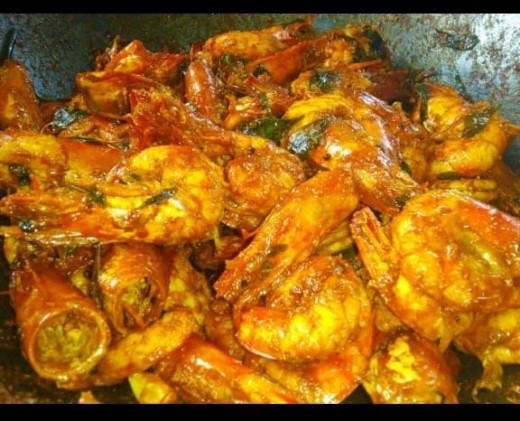
Fishes
- Ashtamudi Lake is home to a total of 87 fish species, which fall under 64 genera, 38 families.
Among the recorded species, eight are highly commercial, 45 are commercial, 27 are minor commercial, and seven are not in the fishing class. [1]
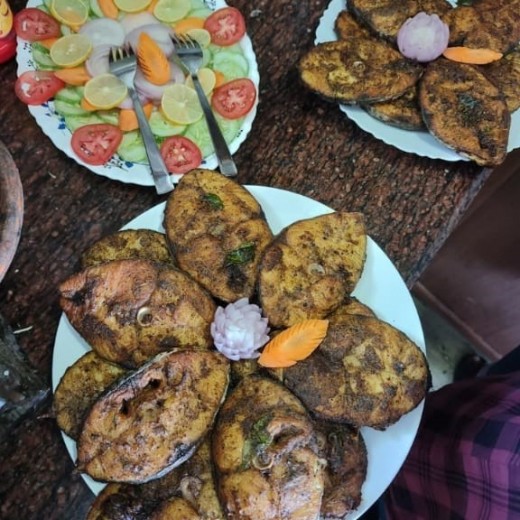
Flora
The boat glides beneath the arch of mangrove trees in the Ashtamudi Estuary, which is home to several mangrove species, including Avicennia officinalis, Bruguiera gymnorrhiza, and Sonneratia caseolaris. Additionally, the estuary hosts 43 species of marsh and mangrove [1].These species present excellent opportunities for developing a marine bioreserve promoting eco-tourism in the lake's estuary.
The main threats to these endangered species include the draining of wetlands and their conversion into paddy fields.[5]
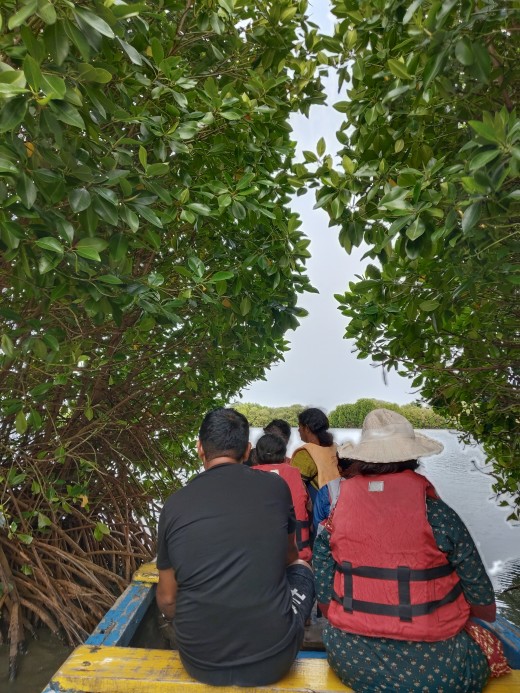
Climate
- The estuary and its drainage basin are in a warm, humid tropical climate.
The average annual rainfall is 2,251.57 mm, occurring during two distinct periods: the south-west monsoon and the north-east monsoon.
- The south-west monsoon is the dominant contributor, accounting for 48% of the total rainfall.
- Temperatures range from 22°C to 33°C.
Evaporation rates peak in January at 207 mm and are lowest in July at 89 mm.
- Relative humidity varies throughout the year, ranging from 63% in January to 87% in June and July.
Wind speeds range from 1.3 to 2.1 km/h, with higher speeds usually recorded fromne and lower speeds from September to December. [4]
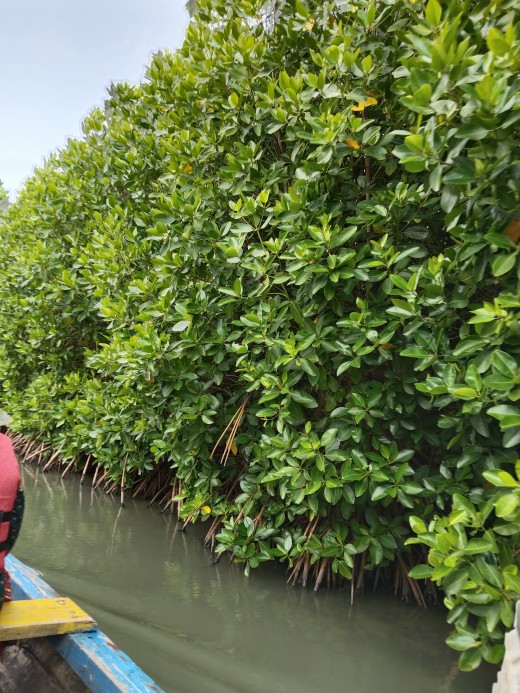
Wildlife
- Ashtamudi Lake is home to 57 species of birds, including six migratory species and 51 resident species.
- Approximately 40 species of wetland-dependent birds are at the lake, with 45% identified as long-distance migrants.
- The most abundant birds in the lake include terns, plovers, cormorants, and herons.
A study has identified 45 species of insects in the area, which includes 26 species of butterflies, five species of dragonflies (odonates), nine species of wasps and bees (hymenopterans), two species of grasshoppers (orthopterans), one species of bug (hemipteran), and two species of beetles (coleopterans). Additionally, found about 29 species of zooplankton.
- Every year, more than 20,000 waterfowl visit Ashtamudi Lake.
- Furthermore, the lake serves as a nursery ground for commercially valuable shrimp species harvested from the Kollam coast.[6]
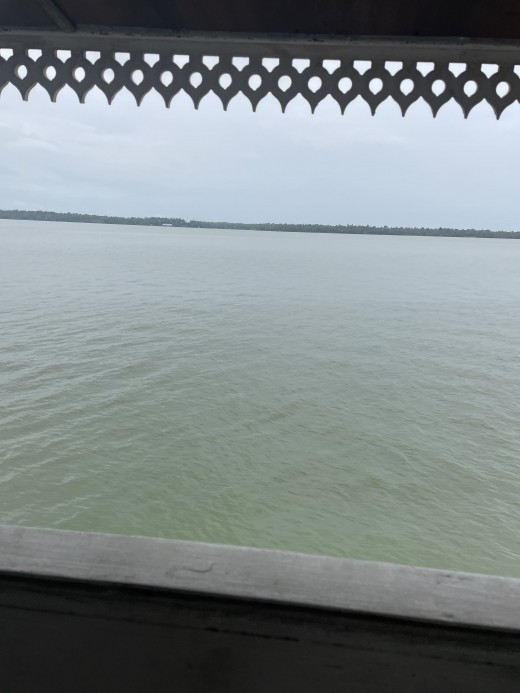
Acknowledgement
I thank Mr. Jesudasan for valuable trip information and Shyam J K, the chef, for sharing photographs of the dishes.
This content is accurate and true to the best of the author’s knowledge and is not meant to substitute for formal and individualized advice from a qualified professional.
© 2025 Retnakumari Amma K

